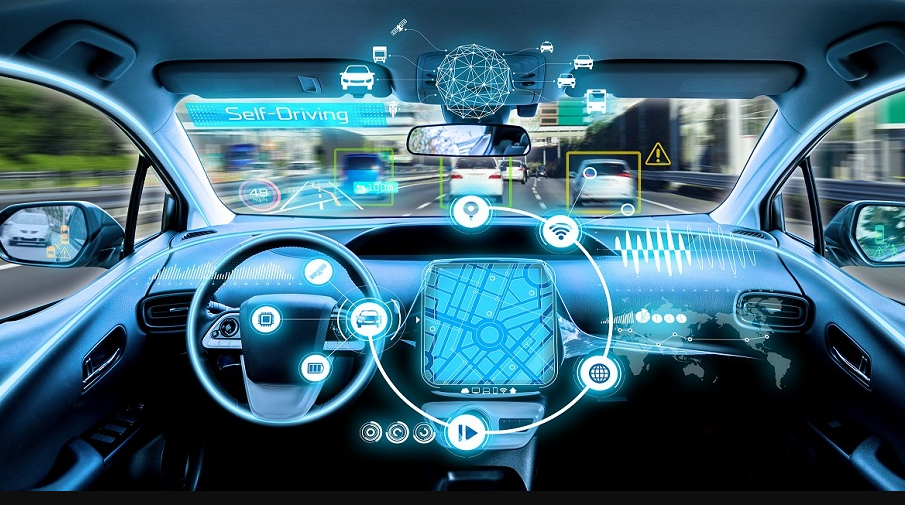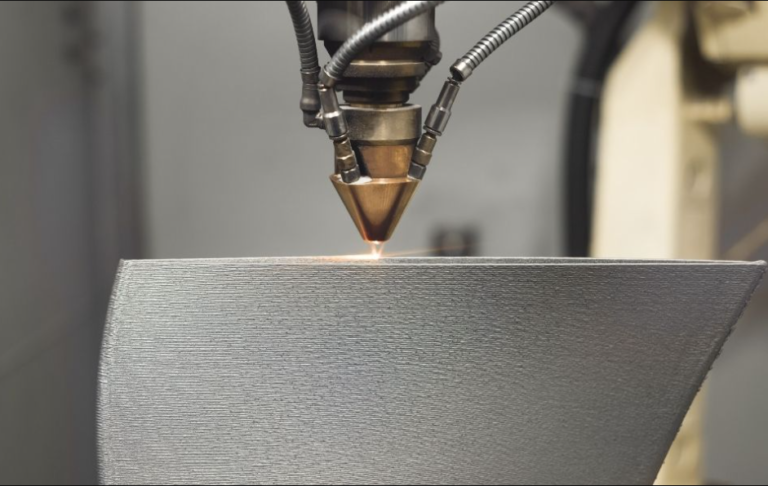Exploring the Tech Behind Self-Driving Cars
The technology behind self-driving cars is a fascinating convergence of various advanced systems. LIDAR plays a critical role in mapping environments, while sensor fusion enhances perception accuracy. Additionally, neural networks leverage machine learning for real-time decision-making. These elements must work in harmony to ensure safety and efficiency. However, the challenges of testing and implementing robust safety protocols remain. What implications do these advancements hold for the future of transportation?
The Role of LIDAR in Mapping the Environment
As self-driving technology advances, LIDAR (Light Detection and Ranging) has emerged as a critical tool for environmental mapping.
This sophisticated lidar technology utilizes laser beams to create precise, three-dimensional representations of surroundings.
By generating detailed spatial data, it enhances the vehicle’s ability to navigate complex environments, ensuring safety and efficiency.
LIDAR’s role is vital in shaping the future of autonomous mobility and freedom on the roads.
See also: thetechadvice
Understanding Sensor Fusion and Data Processing
Sensor fusion and data processing are fundamental components in the operation of self-driving cars, enabling these vehicles to interpret their surroundings accurately.
Effective sensor calibration ensures that data from various sensors is reliable, while data synchronization allows for seamless integration of information.
This combination empowers autonomous systems to make informed decisions, enhancing safety and efficiency, ultimately paving the way for a more liberated driving experience.
Neural Networks and Machine Learning in Decision Making
How do self-driving cars navigate complex environments and make real-time decisions? They harness the power of neural networks and machine learning, particularly through deep learning techniques.
Safety Protocols and Testing for Autonomous Vehicles
While the development of self-driving cars promises revolutionary changes in transportation, ensuring their safety remains a paramount concern.
Rigorous testing and safety protocols are essential to navigate regulatory challenges and shape public perception. Autonomous vehicles undergo extensive simulations and real-world trials to validate their reliability, aiming to instill confidence in users.
Ultimately, overcoming these hurdles is crucial for widespread acceptance and the future of mobility.
Conclusion
As the intricate technologies behind self-driving cars evolve, the promise of a safer and more efficient future looms on the horizon. LIDAR, sensor fusion, and neural networks intertwine in a delicate dance, crafting a vision of mobility that captivates the imagination. Yet, beneath this promising facade lies the critical issue of safety protocols and rigorous testing. Will these innovations truly deliver on their potential, or will unforeseen challenges emerge, reshaping the journey ahead? The answer remains tantalizingly out of reach.






